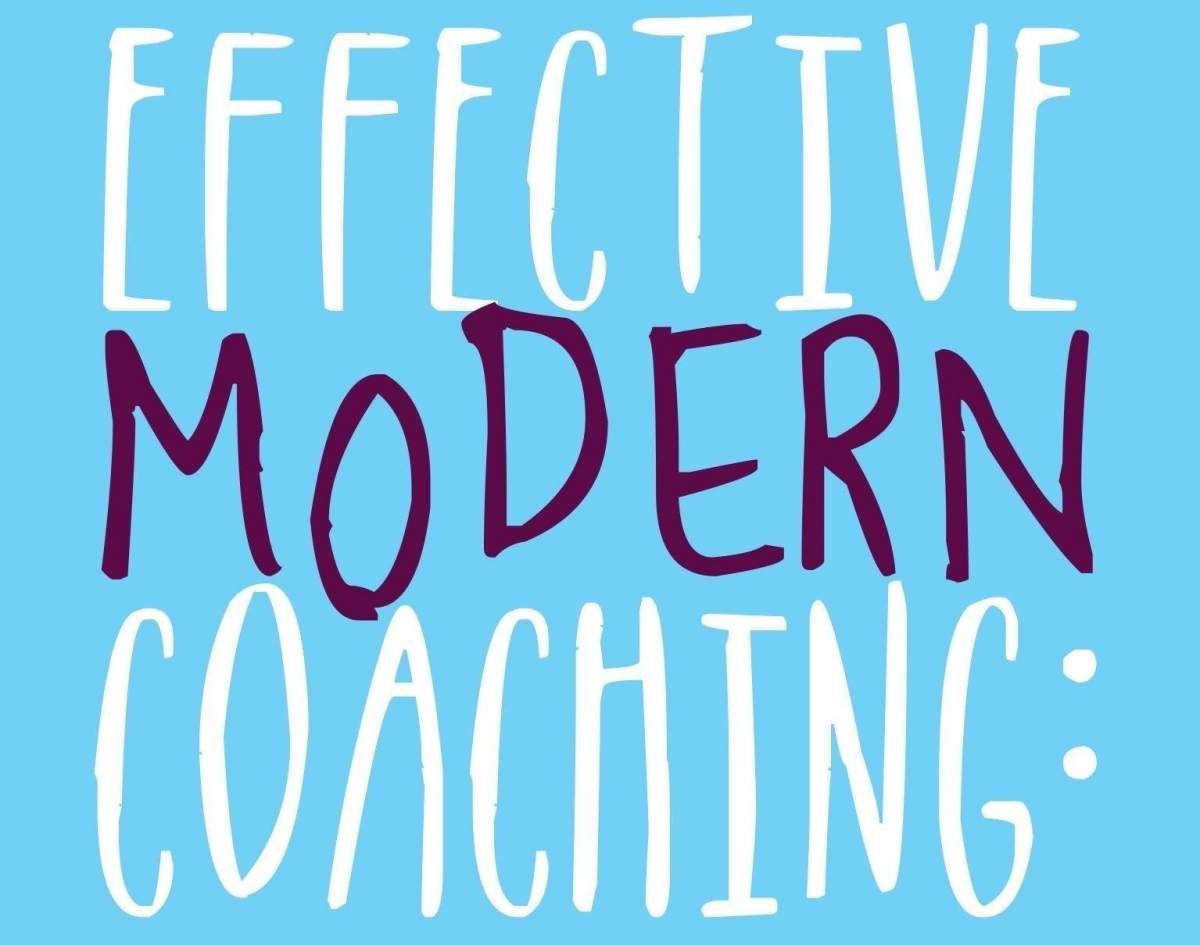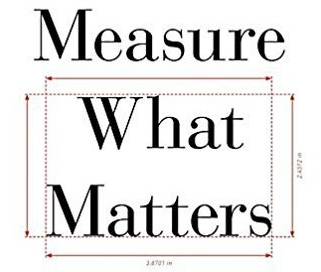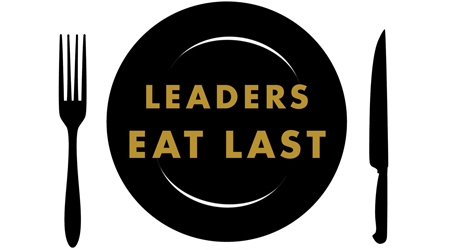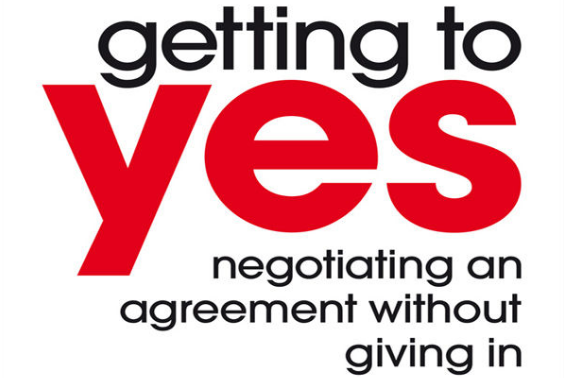Miles Downey’s book, Effective Modern Coaching, is the recent update to his 1999 Effective Coaching. It’s a short and punchy introduction to the art of business coaching.
It’s split into four main parts, a description of coaching practice, the models and skills you can apply in coaching, approaches to coaching in the workplace, and a final short section on coaching for genius.
Overall, it’s a good initial introduction to coaching, especially in a business context. It has a couple of really useful ideas, the first is a consideration of the coaching relationship. In this model, Downey refers to the ‘coach’ and the ‘player’. By moving away from the terminology of ‘coachee’, Downey brings the player fully into the relationship as an equal participant rather than a passive recipient. It’s a fundamental recognition of the core of successful coaching, that both sides must be fully invested in the process to ensure a great outcome.
The second is his recognition of the possibility of coaching unlocking the genius inherent in a person. It shows the understanding that all people have it within themselves to excel in an arena, and that one of the major strengths of coaching is that it can help them to recognise that, and to help them find the area to excel, and to discover the path to get there.
If you take nothing else from this book, then those two ideas alone are worth the cost of entry and a place in your coaching library.







